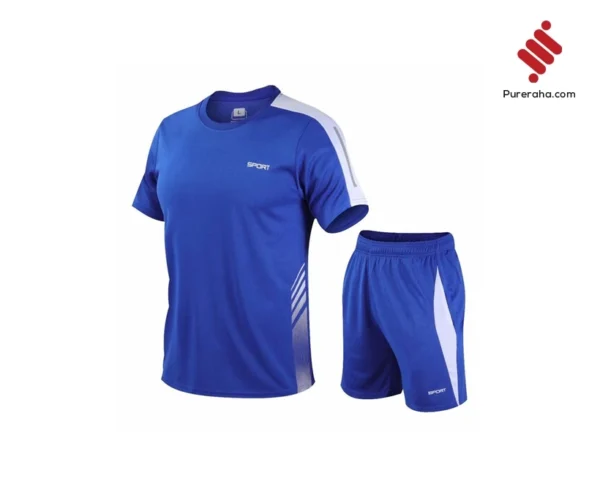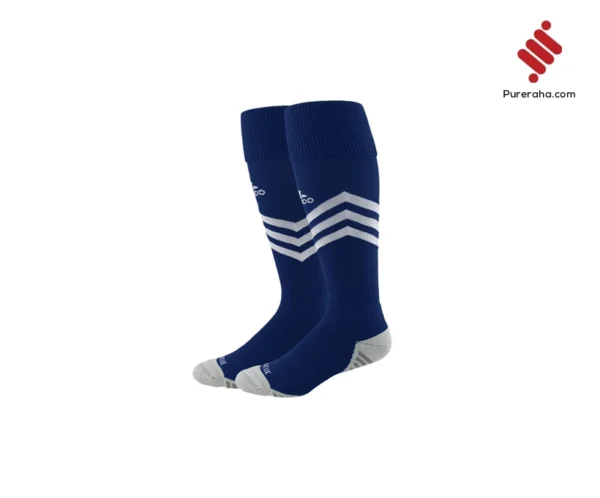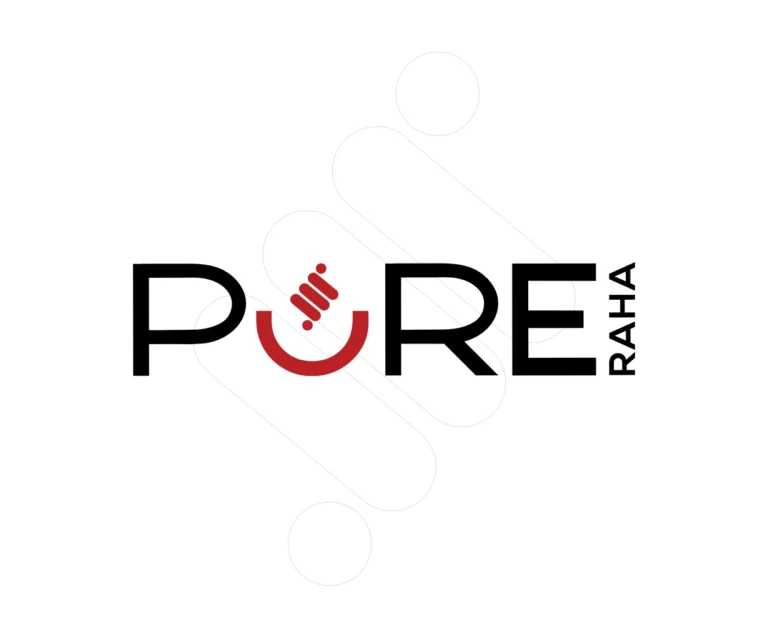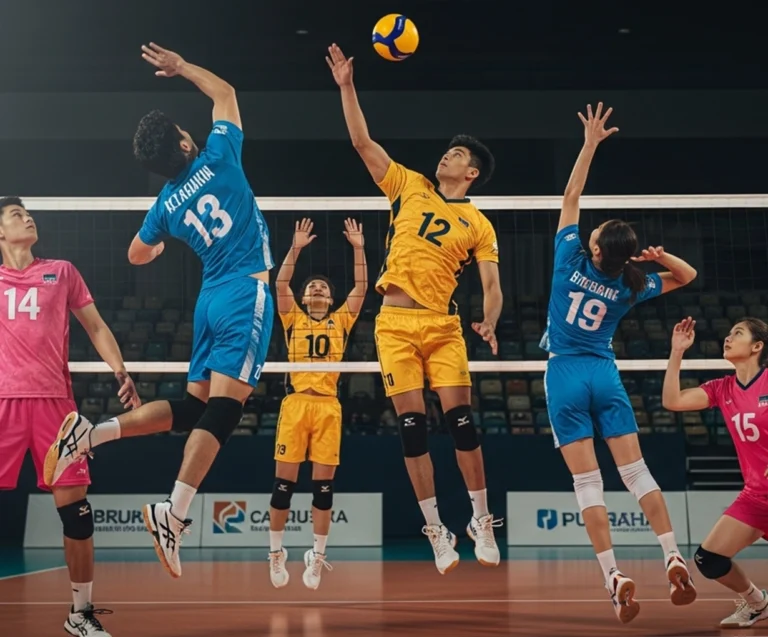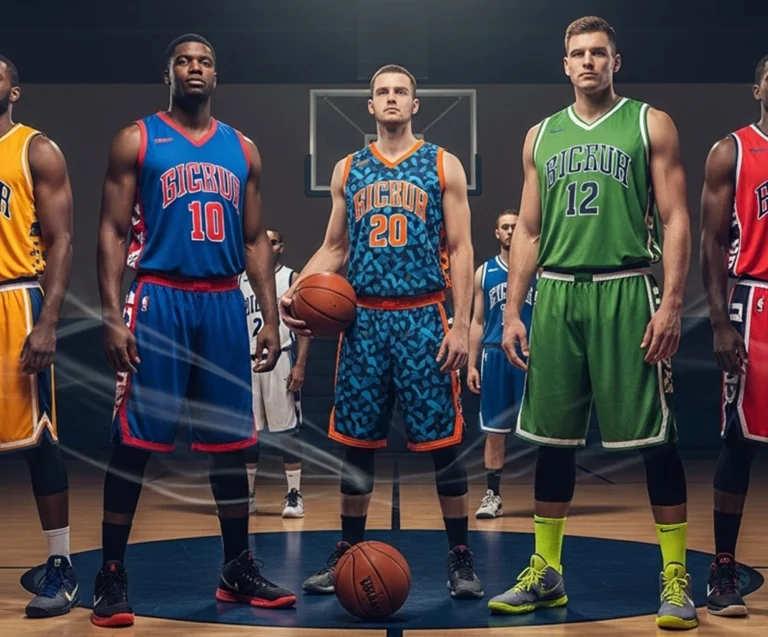A soccer uniform is more than just clothing; it represents identity, team spirit, and performance. A proper soccer uniform includes a jersey, shorts, and socks designed for comfort and durability during play. Fans and players alike seek authentic gear, like the Real Madrid jersey or the Barca soccer jersey, to show their loyalty and style on and off the field.
Popular choices include national jerseys from teams such as the Argentina national soccer jersey, Mexico national soccer team jersey, Venezuela soccer team jersey, and Colombia national soccer team jersey. In the United States, options range from the USMNT national team jersey to the united states men’s soccer jersey, offering supporters a way to support their team. Other top picks include the Brazil national soccer jersey, Germany national soccer jersey, and England team football kit, each designed to meet the demands of serious athletes and soccer fans.
Pure Raha is a Pakistan-based company that specializes in high-quality, customizable sportswear, including custom made soccer uniforms and football jerseys personalized to fit any team’s needs. Known for pure comfort, their products combine durability and style, meeting both local and international standards. Whether it’s a usa team jersey soccer or a germany football jersey, Pure Raha offers reliable options for players and fans seeking top performance and quality.
Core Components of a Soccer Uniform
A soccer uniform consists of a few key pieces designed for comfort, durability, and performance. Each part must fit well and meet the rules of the game to help players move freely and stay protected.
Jersey Design and Materials
The jersey is the most visible part of a soccer uniform. It should be made from lightweight and breathable fabric, like 100% polyester, which wicks away sweat and dries quickly. This helps players stay cool and comfortable during intense play.
Design options must allow for team logos and numbers. Bright colors are common to make teams easy to identify on the field. Jerseys should fit snugly but not restrict movement.
Professional uniforms, such as the SU-5006-UNI soccer uniform, offer customization in design and logos. These are crafted to last through matches and practices.
Shorts and Fit
Shorts must match the jersey in color and material. Like jerseys, they are usually made from polyester for quick drying and durability. The fit of shorts should be loose enough to allow running and kicking but not too baggy to avoid snagging.
Proper shorts length is important. They typically end a few inches above the knee for better mobility. An elastic waistband with a drawstring or a secure closure helps keep the shorts in place during quick movements.
Socks and Footwear Requirements
Soccer socks cover the shin guards and extend up to the knee. They need to be thick enough to hold the shin guards firmly and prevent them from slipping. Most socks are made from stretchy, breathable materials that absorb moisture.
Footwear must be cleats designed for the playing surface, such as firm ground or turf. Cleats provide traction to prevent slipping and help in making sharp movements. Players should choose cleats that fit well to avoid blisters and injuries.
All these parts work together in a standard soccer uniform like the SU-5009-UNI, which balances comfort with functionality.
Customization and Branding
Soccer uniforms are designed to reflect a team’s identity and professionalism. They include specific colors, logos, player details, and sponsorships that make each kit unique and functional.
Team Colors and Logos
Team colors are central to a soccer uniform’s look. They help fans and players recognize the team on the field. Most teams choose bold, contrasting colors for visibility.
Logos usually appear on the chest or sleeves. They represent the club’s heritage or city. The logo must be clear and placed according to league rules.
Colors and logos must be consistent across all gear, including jerseys, shorts, and socks. This consistency helps build the team’s brand both on and off the field.
Player Numbers and Names
Player numbers are printed or embroidered on both the front and back of the jersey. The number on the back is typically large and bold for easy identification by referees and fans.
Player names are usually placed above the number on the back. Names help supporters and commentators identify players quickly during the game.
Numbers and names must follow league regulations regarding size, font, and placement. This ensures uniformity and avoids confusion during matches.
Sponsorship Integration
Sponsorships are important for funding teams. Sponsors’ logos are commonly placed on the front, back, or sleeves of the jersey.
The size and position of sponsor logos vary but usually must meet league rules. Sponsor branding should not interfere with the team’s logo or player details.
Proper integration requires balance so the jersey looks professional but still promotes the sponsor clearly. This balance helps maintain the team’s identity while supporting financial needs.
Regulations and Best Practices
Soccer uniforms must follow specific rules for size, color, and design. Safety is also important, with gear designed to protect players and avoid injuries. Both sets of rules help keep the game fair and safe.
Official Rules and Guidelines
Soccer uniforms must follow the laws set by governing bodies like FIFA. Each player’s jersey must have a unique number for identification. Jerseys should be the same color and design as teammates’.
Shorts are usually plain and match the jersey color. Socks must cover shin guards. Goalkeepers wear colors different from both teams and referees.
Numbers on jerseys must be clearly visible on the back and sometimes on the front. No player may wear jewelry. Referees check uniforms before the game to ensure all rules are met.
Safety Standards
Players must wear shin guards under their socks. These guards protect the lower legs from kicks and injuries.
Footwear should have proper cleats for the field type. This reduces slipping and helps players move safely.
No sharp accessories or hard materials are allowed on the uniform. The material should be breathable to avoid overheating.
Goalkeepers usually wear padded gloves to protect their hands while catching or blocking the ball.
Trends and Innovations in Soccer Uniforms
Soccer uniforms are changing with new materials and smart designs. These changes help players perform better and reduce environmental impact. Innovations focus on comfort, durability, and sustainability.
Sustainable Materials
Many soccer teams now use eco-friendly fabrics. These materials often come from recycled plastics or organic cotton. They reduce waste and lower the carbon footprint of uniform production.
Examples of sustainable materials:
- Recycled polyester from plastic bottles
- Organic cotton grown without pesticides
- Biodegradable fabrics
These fabrics are designed to be lightweight and breathable. They also resist odor and moisture, keeping players comfortable during games. Some brands use water-based dyes to reduce pollution in the manufacturing process.
Sustainable uniforms may cost more but are gaining popularity for their environmental benefits. Teams and fans support these options to help protect the planet.
Technological Advancements
Technology improves soccer uniforms in many ways. New fabrics wick sweat faster than before. This keeps players dry and cool on the field.
Other features include:
- Mesh panels for better ventilation
- Stretch fabrics that allow full movement
- Anti-microbial coatings to reduce bacteria
Some uniforms have embedded sensors to track player performance. These sensors measure things like heart rate and distance run. Coaches use this data to plan training and game strategies.
Advancements in uniform design also focus on durability. Reinforced stitching and stronger fabrics mean uniforms last longer under tough conditions. This reduces the need for frequent replacements.


